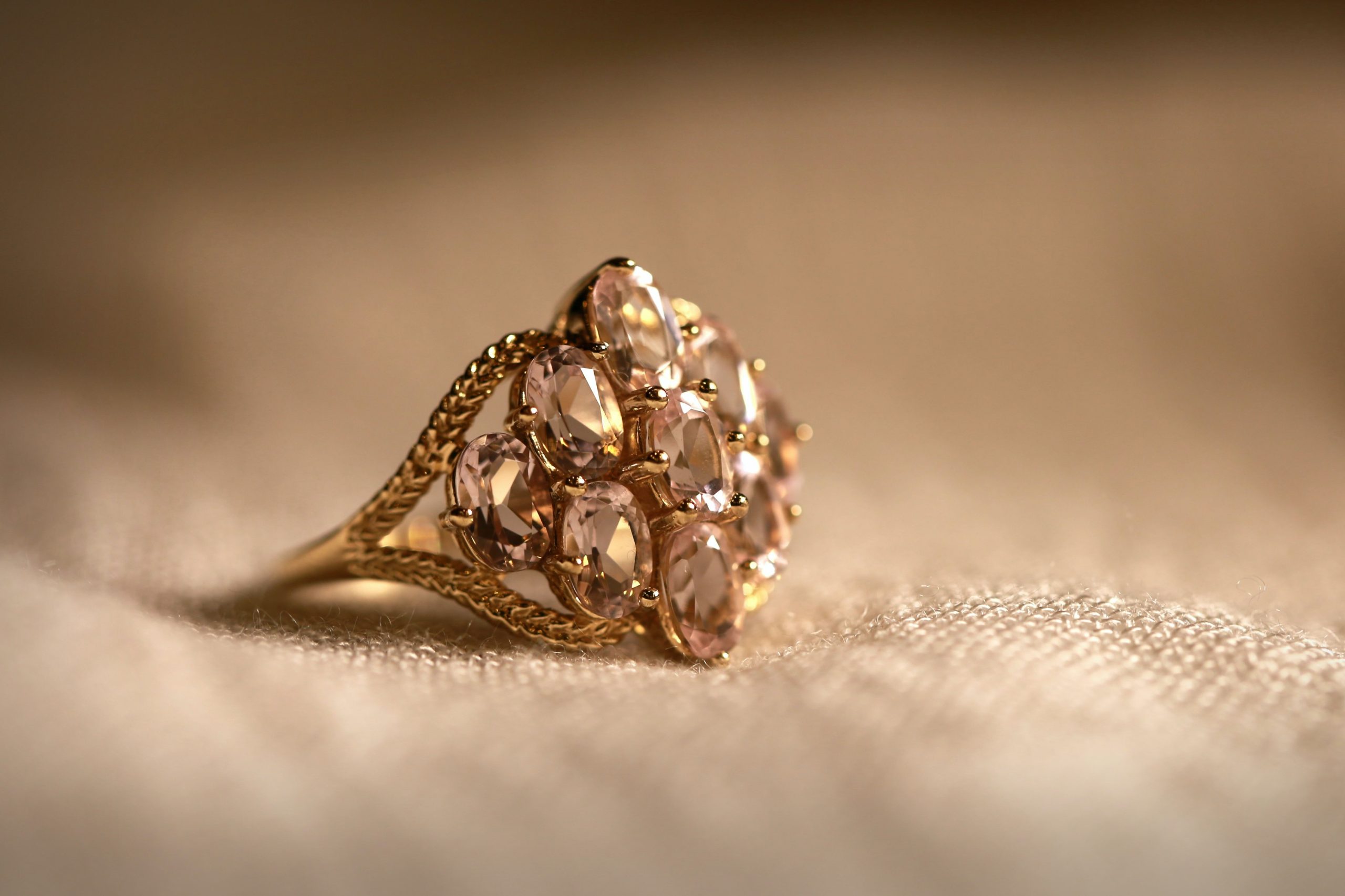As a journalist, my curiosity is piqued by the timeless allure of diamonds, the birthstone for the month of April. These precious gems have been cherished for their unparalleled beauty and enduring symbolism for centuries, making them a subject of fascination for many. In this article, we embark on a journey to unveil the mystique of diamonds, exploring their rich history, cultural significance, and ethical considerations.
Diamonds have been treasured throughout history for their exceptional properties. Known as the hardest naturally occurring substance on Earth, diamonds are renowned for their durability and resilience. This makes them not only a popular choice for engagement rings and other jewelry but also a symbol of everlasting love and commitment. The brilliant sparkle and exquisite beauty of diamonds have captivated hearts and minds for generations, making them a sought-after gemstone in the world of jewelry.
Beyond their physical attributes, diamonds also hold symbolic meanings and beliefs that vary across cultures and time periods. In ancient times, diamonds were believed to possess mystical powers, often used as talismans for protection and healing. In Hindu mythology, diamonds were associated with the planet Venus and believed to enhance love, beauty, and wealth. In some African cultures, diamonds were believed to bring good fortune and protect against evil spirits. These beliefs have shaped the cultural significance of diamonds, adding to their allure and mystique.
Diamonds have also played a prominent role in popular culture, with numerous references in literature, art, and films. The phrase “diamond in the rough” has become a metaphor for hidden potential, reflecting the idea that diamonds are formed under immense pressure and heat deep within the Earth. Diamonds have been associated with luxury, status, and extravagance, often used as a symbol of wealth and social standing. The fascination with diamonds has been further fueled by famous diamonds, such as the Hope Diamond and the Koh-i-Noor Diamond, which have their own intriguing stories and histories.
However, the diamond industry has not been without controversy. The issue of conflict diamonds, also known as blood diamonds, has shed light on the ethical concerns surrounding diamond sourcing and production. Conflict diamonds are diamonds that are mined in war zones and sold to finance armed conflict, often associated with human rights abuses and environmental degradation. The Kimberly Process Certification Scheme was established in 2003 as an international effort to prevent the trade in conflict diamonds, but concerns about its effectiveness and enforcement have been raised. Ethical and sustainable sourcing of diamonds, as well as the fair treatment of diamond workers, have become important considerations for consumers and the industry alike.
As a journalist, verifying information and uncovering sources are crucial steps in reporting on diamonds. Fact-checking information from reputable sources, such as gemological associations, industry reports, and academic studies, is essential to ensure accuracy. Interviewing experts in the field, including gemologists, jewelers, diamond miners, and representatives from human rights organizations, can provide diverse perspectives and insights into the complex issues surrounding diamonds.
Adhering to journalistic ethics is also paramount in reporting on diamonds. Presenting a fair and balanced view of the topic, avoiding sensationalism, and being transparent about potential conflicts of interest are essential. Providing a nuanced and informed perspective on the cultural significance, historical context, and ethical considerations of diamonds can help readers gain a deeper understanding of this captivating birthstone.
In conclusion, the mystique of diamonds goes beyond their dazzling beauty. They hold rich cultural significance, historical symbolism, and ethical complexities that warrant exploration. By unveiling the many facets of diamonds’ allure and shedding light on the ethical considerations surrounding them, we can gain a deeper appreciation for April’s birthstone and the story it tells.










